Tapas Nayak has been working in the film-industry for close to two decades now, with a number of blockbusters and award winning films under his wings. Asking him to pick a few of them to discuss their soundscape is a real challenge, since every film in which he has worked is equally dear to him.
Here, I asked him to select a few representative ‘tasks’ that challenged his limits of imagination and creativity; they might not be his best work, or his best films, but they define an attempt to do something new and unique, and always as a team. I expect this should add to our learning curve.
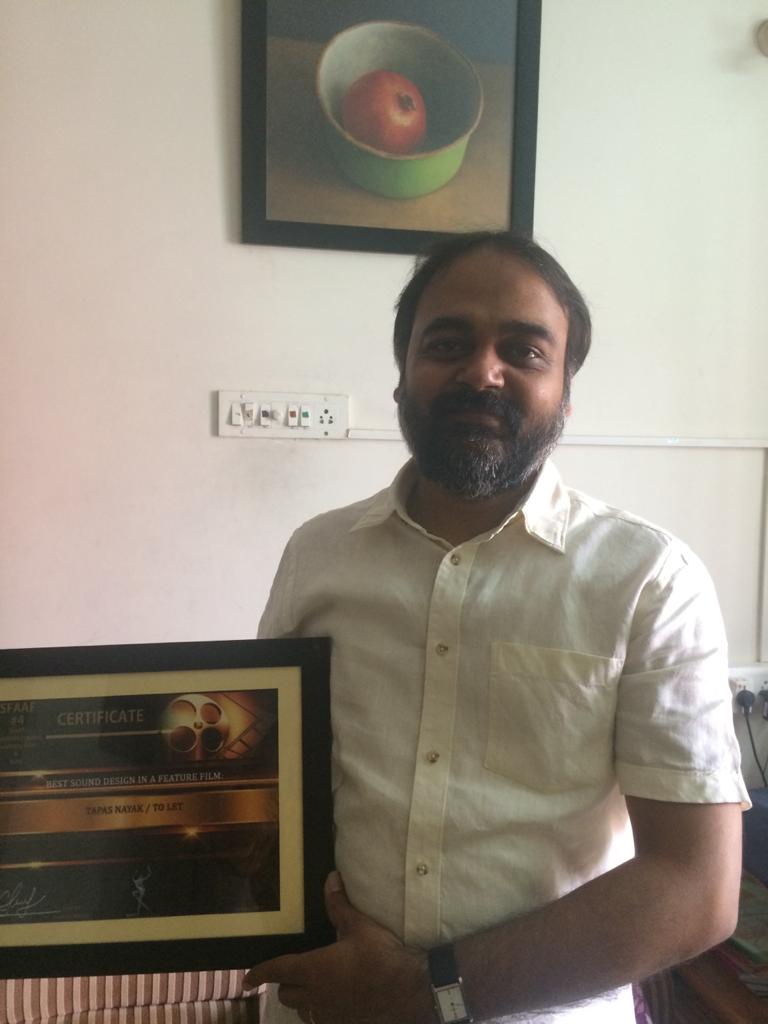
A sound-engineer, like every other creative artist/ technician is only as good as his director. No, Tapas didn’t say that, I did.
I sincerely believe that the job of every film-technician, including script-writers (who write for others) is to make somebody else’s dream come true. But that doesn’t mean that we cannot make those dreams align to our own desires.
A good director will give his team enough leeway to let their creative juices flow – but also prevent them from going over-the-top.
This balance is what makes a good film great.
Within that premise, let me first bring you what Tapas told me when I asked him about some classic examples of using sound as a ‘character’.
Tapas believes Sound Technicians can contribute immensely when they are involved from the beginning of the film.
Like what happened in Prasanna Vithanange’s ‘With You Without You’. When Tapas met Prasanna for the first time, he was ready with a bound script. Believe it or not, that’s a rarity.
I’ll let Tapas tell the story in his own words.
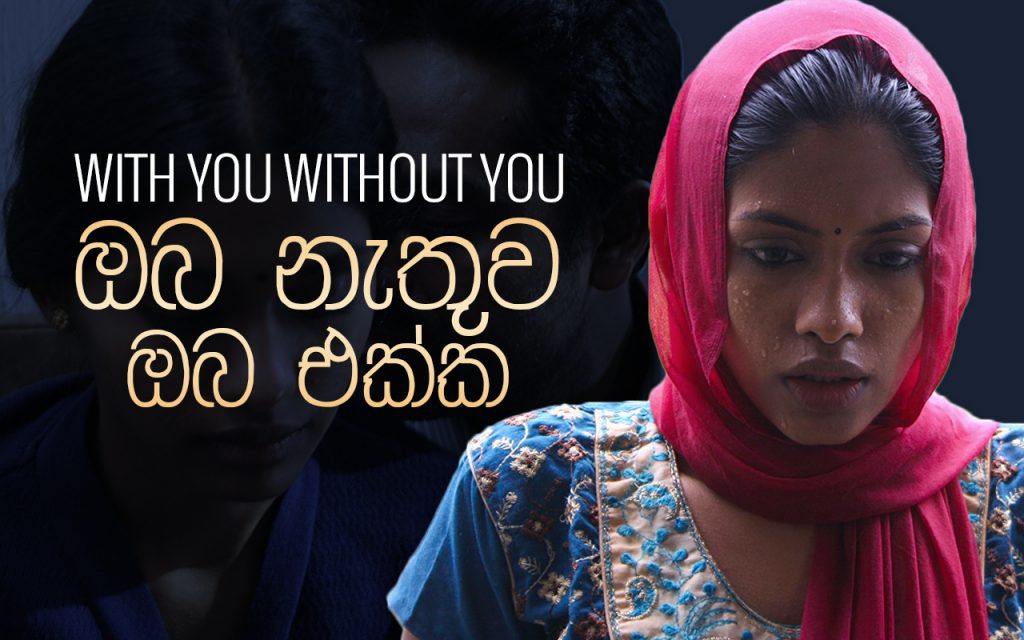
Another film that put his creative faculties to test is eminent cinematographer Rajeev Ravi’s direction debut in Malayalam, Annanyam Rasoolam, from 2013.
It’s a love story, but the way local sounds play a role in building tension and forming seamless points of transition is fascinating.
At times, it did feel to me, that this was probably the first tribute of Tapas Nayak to his early struggling days in Chennai – not ‘To Let’. For those of you who might be wondering where all this is coming from – you probably have to read my post on ‘To Let’ – a fascinatingly realistic film from director Chezhiyan. But I would suggest, don’t break the flow. Scroll down, but do come back to this post, later.
This film, I believe, is a text book in cinematic realism.
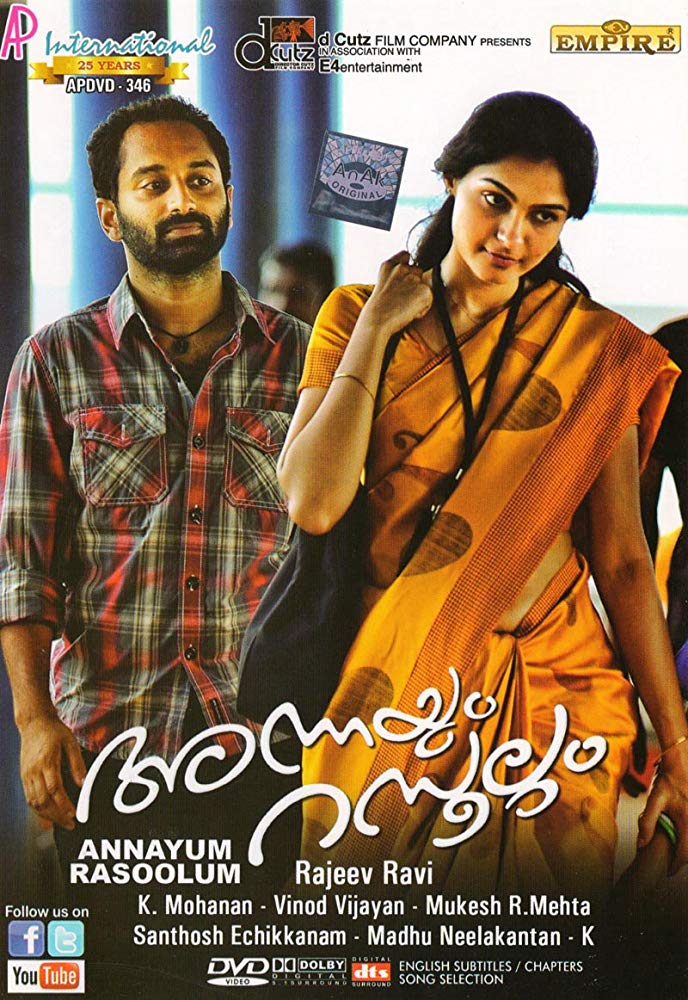
Rajeev Ravi, from FTII, is a cinematographer per excellence.
His work with directors like Madhur Bhandarkar and Anurag Kashyap has already made him a much coveted technician – replete with his own brand of creative aesthetics. When someone like him makes a directorial debut, he obviously wants to go all out to make his maiden statement heard.
Well, silence is probably the best heard sound of all.
Yet another example of total silence is from Mani Rathnam’s film ‘Raavanan’.
At the end of the film, the lead character, played by Vikram in the Tamil version, falls into a seemingly endless gorge, and there is complete silence. Just before that, an entire squadron of policemen were pumping bullets into him with deafening sound – and the contrast between that and this fall becomes a classic example of the ‘emptiness’ that Tapas was talking about.
But that’s not all. For Tapas, Ravannan remains a memorable film for many reasons. Though he was assistant to H Sridhar, who has worked on quite a few films with Mani Ratnam – Raavanan was the first time he was independently working with him as a Sound Designer.
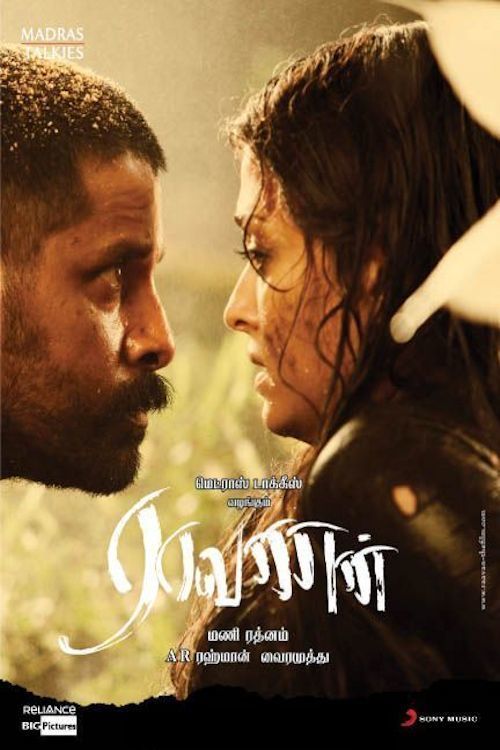
Among all the films where Tapas has worked, R Balki’s ‘Paa’ remains special for him. Not just because of the creative challenges it posed – but also because it made two of his deepest dreams come true, at one go.
Tapas always wanted to work with Amitabh Bachchan and Illya Raja.
But then, who doesn’t!

Whatever Tapas might say, it was a challenge for sure.
To better understand, perhaps one could refer to what happened when someone tried to do something alike earlier. Yes, I am referring to ‘Agneepath’ – the original 1990 film.
First-day-first-show Bachchan fans like me still remember the audience reaction when they heard Amitabh’s voice in that film after its immediate release. To emulate reality, and probably taking a cue from Marlon Brando’s role in Godfather, the creative team had decided to add a certain special husky texture to the voice of Vijay Dinanath Chauhan.
This ‘experiment’ didn’t go well with either critics or the masses. In fact it raised such uproar, that to save the film from bombing, Bachchan Saab had to redub the entire film in his trademark baritone.
Yes, I saw both versions and I loved the first one; and no, I am not comparing. That was another time, another craze. But tampering with Mr. Bachchan’s voice is always like walking the plank, even in a total experiment like ‘Paa’.
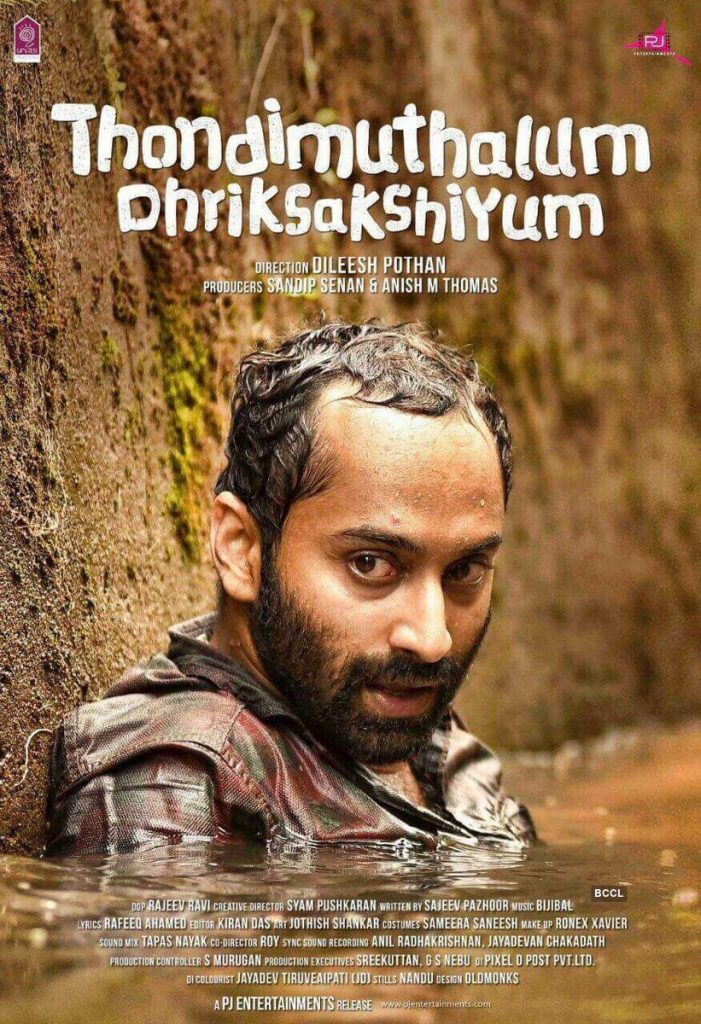
Now for another film from Kerala by another talented director Dileesh Pothan. Rajiv Ravi was the cinematographer here. Tapas mixed the sound.
Of all the films that I have seen that features the work of Tapas – Super Deluxe is my own personal favorite.
Like I mentioned in my last post, I loved the structure of the film a lot.
Not just this film – I have been a big fan of multiple-narrative story lines, or what some critics call ‘Hyperlink Cinema’.
Even if we keep aside that ‘linking’ aspect, the entire colour-scheme of the film and its ‘pulpish’ yet richly realistic treatment is something really endearing for me.
If films like these are being made in India now, I really feel sorry for myself – since I should be the one writing them. Well, if not an entire film, the least I can do is to write a complete blog post on it; will try talking to the director Kumarraja soon.
For now, here’s what the Sound Engineer had to say.
How Kumarraja and his creative team did that is something that I too want to understand in detail – and not just from Tapas. So I am reserving some of his revelations here for that other prospective post, in which I will try to talk with the director as well as the editor of Super Deluxe.
Let’s see when that happens.
Regular readers of my blog would know that this post is in continuation of a two-part special with Tapas Nayak. Here’s a link to the earlier post.
And yes, the courtesy for the header image in this post goes to Kumar C Dev, assistant to Mani Ratnam, who accompanied Tapas for the ambiance recording trip to Kerala. It was taken during location recordings near Adiraapali waterfalls – for Ravaan.
Here’s the trailer of ‘Gaadi’ – a film by Prasanna Vithanange where Sreekar Prasad, Rajeev Ravi and Tapas Nayak have joined forces.
I have been fortunate to have a sneak-peek at the film, even before its Lankan release. It’s pure poetry, in everything it has done.

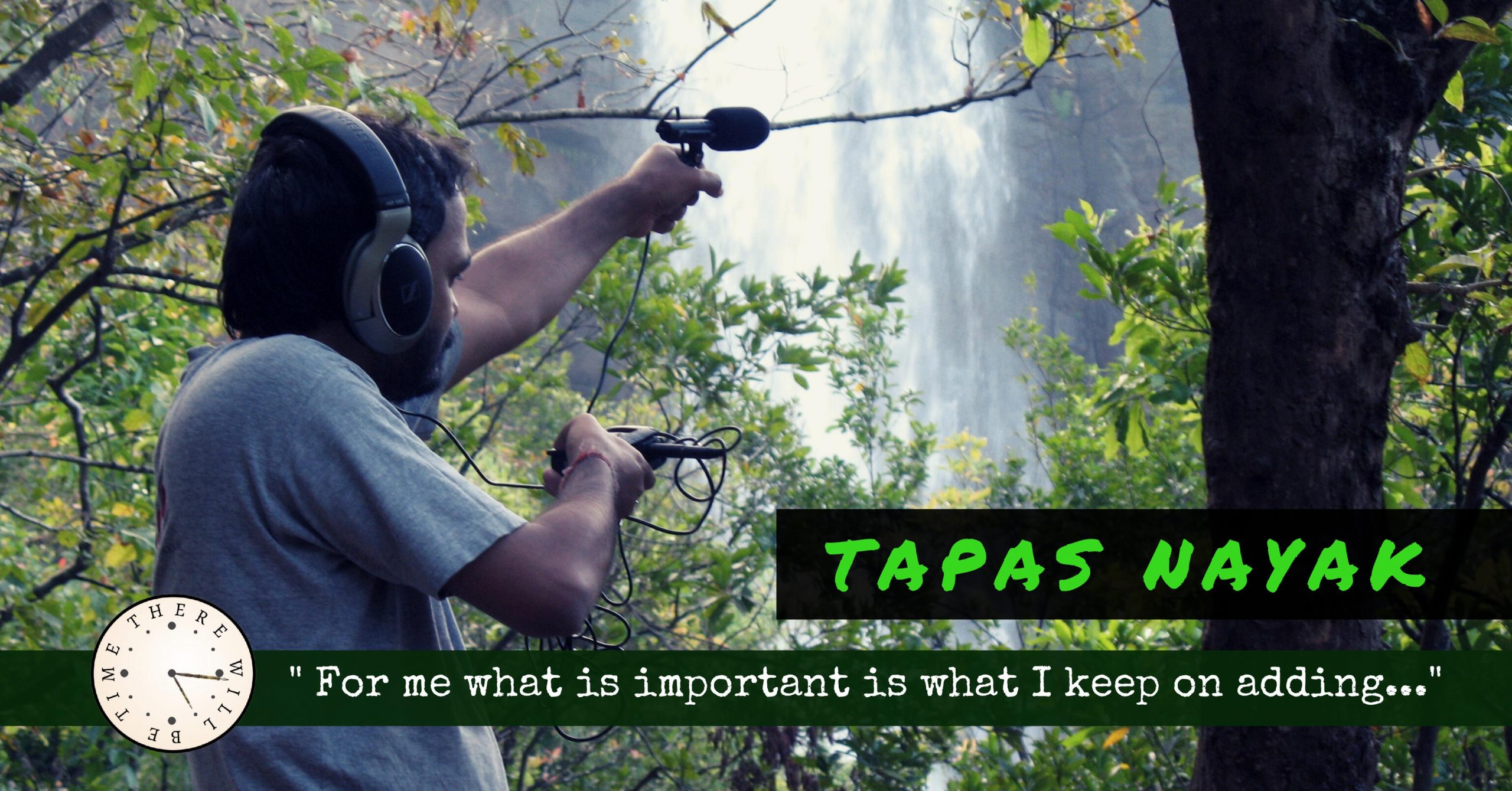
[…] – since sound has been my log term passion. And I am quite sure this is also where my friend Tapas Nayak will also be […]